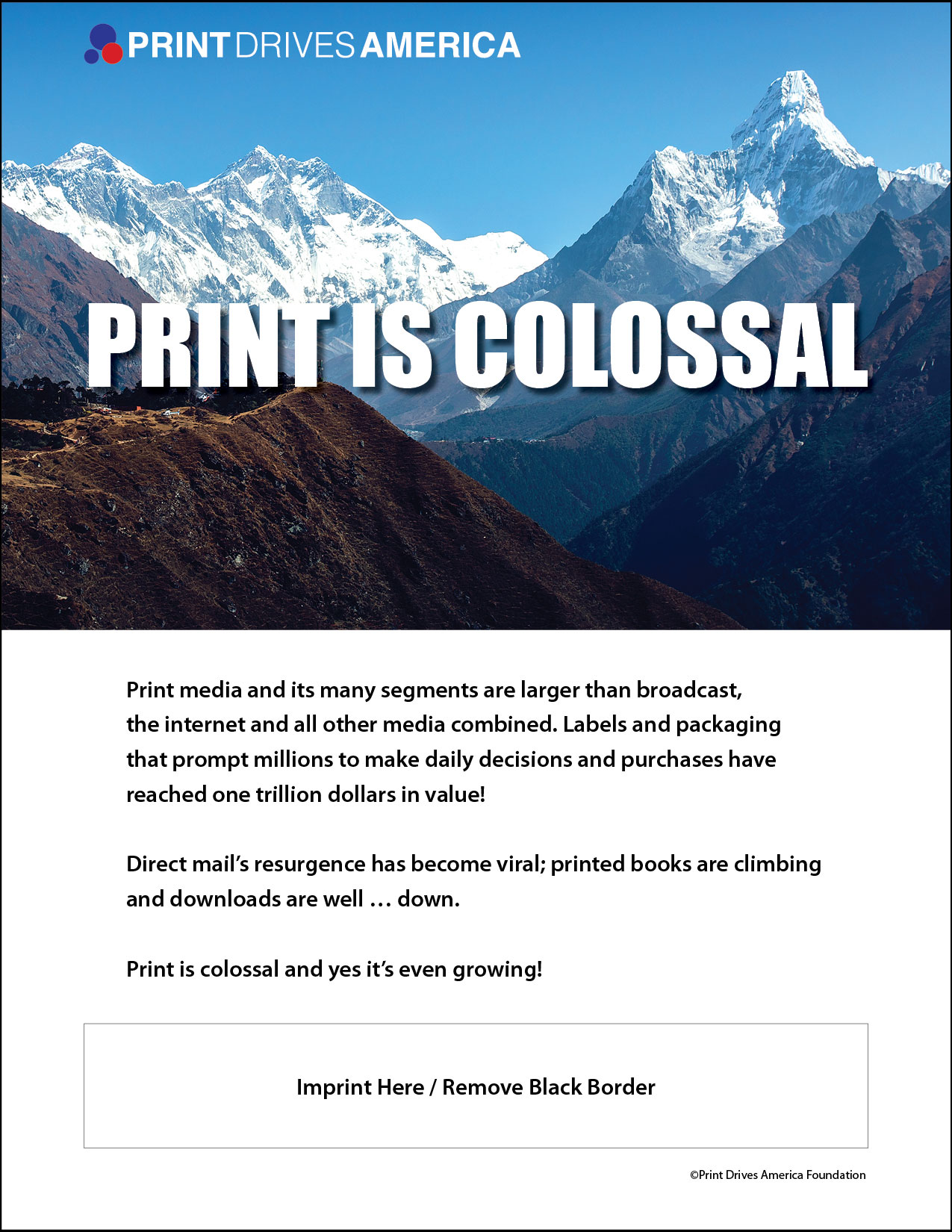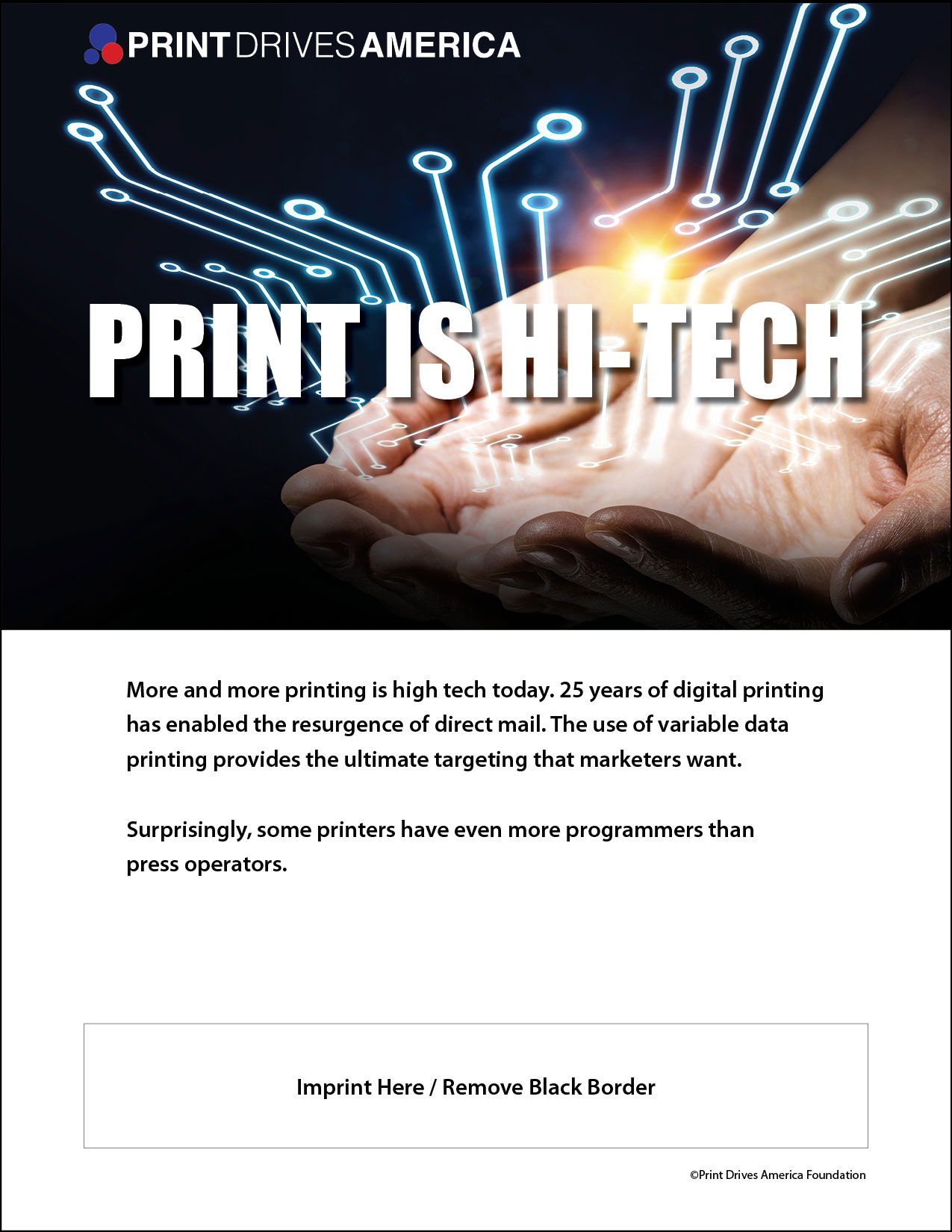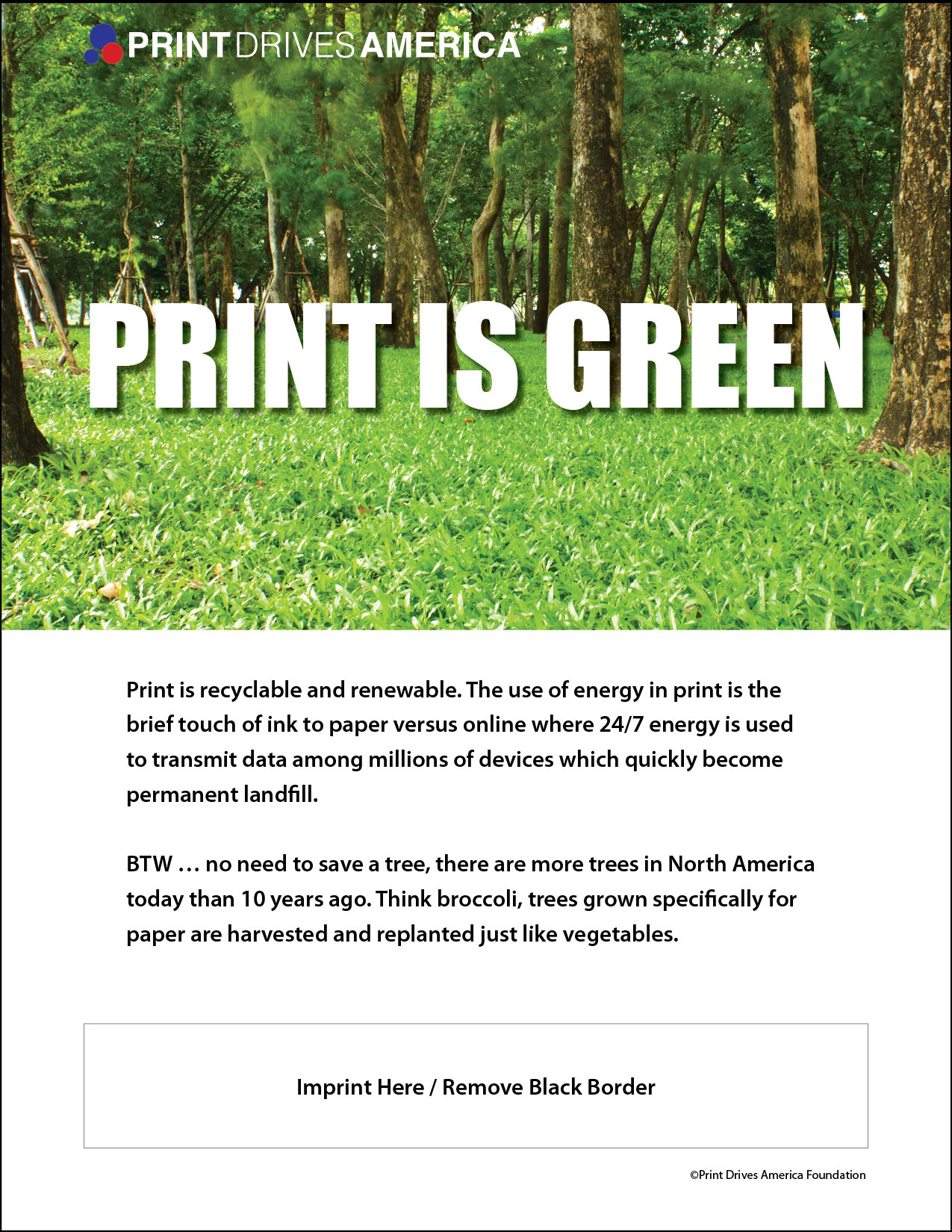We are hearing from a number of members who have applied for and have received funding under the federal Paycheck Protection Program. While this money will provide a much needed lifeline for recipients, there are a number of questions that members have regarding disposition of these funds.
Business Organizations, including Print & Graphic Communications Association, are requesting guidance on these questions and we will communicate any updates when we receive them.
Even with interim guidance to date, there are still many unanswered questions and ambiguity surrounding the forgiveness process, including, but not limited to:
- What if a business is closed by Governor and doesn’t want to use loan proceeds to pay people who are not working? When is the utilization of proceeds for unintended purposes risky or potentially fraudulent?
- Will there be limitations surrounding rehire in order to bring workforce full-time equivalents up to qualify for forgiveness?
- Can a business rehire in any position or does it have to be similar positions? Does it have to rehire specific employees which were furloughed or laid off or can the replacements be anyone? Is there an exception for poor performers or retirees? Can it increase its headcount to achieve maximum forgiveness? Will the business be allowed to put people on the payroll to sit at home if the business is still shut down?
- Will the June 30 restoration of workforce provision remain as written? If so, what is to prevent employers from waiting to rehire until the last possible moment, bypassing the intent of the CARES Act to keep workers on payroll?
- How will forgiveness be calculated for seasonal employers?
- How will the timing of payments work for expenses incurred but paid after the eight-week period?
- What about interim pay periods in which workers were employed but payment deferred to the next normal pay date?
- Will payroll costs be on a “gross” or “net” basis when calculating forgiveness?
- Does the 75 percent payroll cost requirement refer to loan amount or forgiveness amount?
- Will the haircut tests be linear (with some predefined order) or circular, with recalculations required for the 75 percent payroll costs test? Will other haircuts be drawn from both the numerator (payroll costs) and denominator (revised total forgiveness), or just the denominator for this test?
- The literal translation of the text in the CARES Act for the second haircut alludes to a comparison of a 9.75 week period to an 8 week period. The first quarter of 2020 had 13 weeks of which 75 percent is 9.75 weeks. This 9.75 weeks is then being compared to pay for each employee in an eight-week period per the text of the Act. Will it actually be a requirement that businesses increase the weekly compensation for each employee to meet this forgiveness test?
- Will expenses paid with forgiven loan proceeds be tax deductible? Under Internal Revenue Code Sec. 265, expenses allocable to tax-exempt income are not deductible. What will the IRS and/or Congress do here?
- Will self-employed individuals only receive loan forgiveness up to 8/52 of self-employment income that we discussed previously or will other payments also qualify? It seems as though both would, but there is some ambiguity in the language.
- How will related party rentals to be treated for purposes of loan forgiveness granted for rental payments? Will there be any specific rules in order to prevent increasing related party rents?
- Does rent apply only to real estate? Will this extend to vehicles, equipment, etc.?
- Will there be any adjustments if business owners received funds prior to having clear rules on appropriate ways to use these funds?
- What will happen to unused loan proceeds? While the expectation is that these will convert into a loan, will lenders have a mechanism to get these unused funds repaid?
- What if, when an owner learns the rules, they determine the best course of action is to not have taken the loan? Can they give it back without recourse? Will there be penalties?
- What will the actual forgiveness application process look like?
- How will each bank interpret and apply the evolving guidance from SBA?
What You Can Do Now
Despite the outstanding questions, PPP loan recipients should start keeping records to document how proceeds are spent to provide to the bank for loan forgiveness determinations.
It is important to set up general ledger tracking mechanisms and be ready to prove how the loan proceeds were spent. Borrowers may also want to consider establishing a bank account that is only used to fund eligible expenses (though opening a bank account on short notice may not be necessary or viable in the current environment).
Tim Freeman, President
Print & Graphic Communications Association
tim@printcommunications.org
Office: (716) 691-3211
Cell: (716) 983-3826




